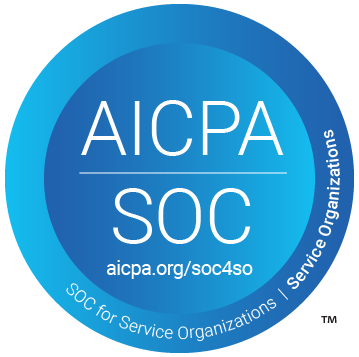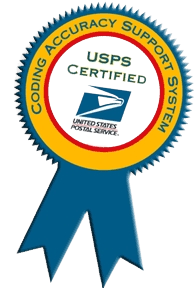This guide provides a comprehensive overview of Australian address formatting, postal code structures, and localization practices. It includes information on postal services, languages, time zones, and address validation standards across Australia.
Address Format
Structure for standardized Australian postal addresses.
- SubPremisesLevel PremisesNumber Thoroughfare
- Locality, State/Territory (abbreviated) PostalCode
- Country
Address Verification Data
Australian postal addresses verification data.
| Available: | Yes |
| Does the country use Postal Codes: | Yes |
| PO Box Indicator: | PO Box, GPO Box, MS, RSD, RMS, Locked Bag, RMB, Private Bag |
| ISO-2-Code: | AU |
| ISO-3-Code: | AUS |
| Phonecode: | 61 |
Address Example
Example of standardized Australian postal addresses.

Country Info
Full Country Name: Commonwealth of Australia
| Country Alpha-2 code | AU |
|---|---|
| Country Alpha-3 code | AUS |
| Numeric Code | 036 |
Timezone
Australian Time Zone Details
| Time Zone | UTC | DST |
|---|---|---|
| Australian Western Standard Time (AWST) | UTC+8 | |
| Australian Central Standard Time (ACST) | UTC+9:30 | UTC+10:30 ( ACDT ) |
| Australian Eastern Standard Time (AEST) | UTC+10 | UTC+11 ( AEDT ) |
Official Language
The de facto national language is English, although Australia is culturally and linguistically diverse, with over 300 languages spoken. Aboriginal and Torres Strait Islander languages are also recognized at regional levels.
Fun Fact
- Australia is roughly the same size as the contiguous U.S. states (excluding Alaska), making it the 6th largest country by area. (CIA)
- It is one of the world’s driest inhabited continents. Much of Australia gets very little rainfall making natural fresh water limited in many areas. (IIASA User Page)
- It is the world’s flattest inhabited continent. (Wikipedia)
- Most of its population lives within about 100 km (~62 miles) of the coast. (Wikipedia)
- One of 17 megadiverse countries, Australia has very high endemism (many plants, animals found nowhere else). (Wikipedia)
- The Great Barrier Reef, off the northeastern coast, is the largest coral reef system in the world, and is under threats from climate change, pollution, and tourism. (IIASA User Page)
- Aboriginal Australians settled the continent at least 40,000 years ago (some evidence suggests even older), long before European exploration. (IIASA User Page)
Postal Authority
The Australia Post (AusPost) is the national postal service of Australia. It provides domestic and international mail and parcel delivery, logistics services, financial services, and digital solutions. Australia Post maintains a wide network of post offices across all states and territories, including remote and regional areas.
Reference: https://auspost.com.au
Postal Data & Certification
Australia Post offers a certification called AMAS (Address Matching Approval System). This certification confirms that the address software matches against the Australia Post Postal Address File (PAF). The PAF file is a database of the Australian Post delivery network and also adds a unique delivery point identifier (DPID).
Name Conventions
Population Names
In Australia, names follow the Western naming convention and are governed by state and territory laws. The typical name structure is:
[opt: title] [given name] [opt: middle name(s)] [FAMILY NAME] [opt: suffix]
Examples:
- Mr. Liam Thompson
- Ms. Olivia Martin OAM
- Dr. Ethan Williams
- Grace and Noah Clarke
There are no national restrictions on name choices, but names may be rejected by state registries if they are offensive or obscene, too long or use non-standard symbols, or include titles (e.g., "Queen", "Doctor") unless used as a given name in a non-misleading context.
Names may include accented characters, though this depends on the digital systems used by each jurisdiction. Australian naming is traditionally patrilineal, but parents can legally choose either parent’s surname or a hyphenated combination.
Titles like Mr., Mrs., Dr., and Prof. are used formally, especially in legal, medical, and academic contexts.
Organizational Names:
Australian businesses must register with the Australian Securities and Investments Commission (ASIC) and include a legal entity designation. Common suffixes include:
- Pty Ltd (Proprietary Limited – private company)
- Ltd (Limited – public company)
- Inc. (Incorporated – for associations or non-profits)
- Co-op (Cooperative)
Business names must be unique, not misleading, and clearly state the company’s structure. Aboriginal and Torres Strait Islander naming conventions may also be respected in culturally specific business or personal name contexts.










